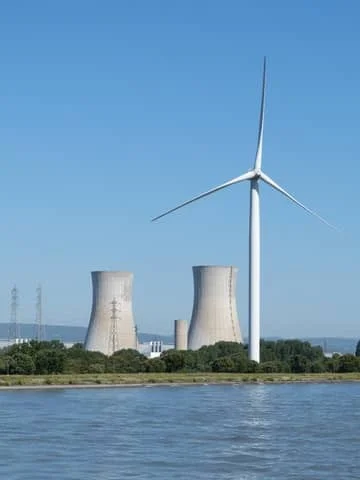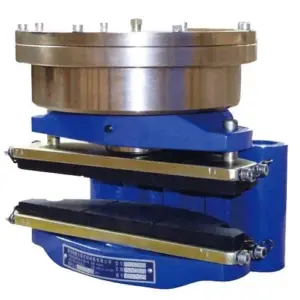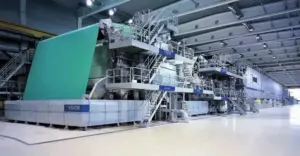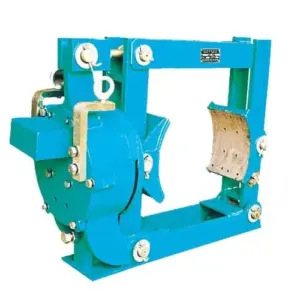The wind energy industry stands at the forefront of renewable energy innovation, offering a sustainable alternative to traditional fossil fuels. As global awareness of climate change and environmental impact grows, wind power is increasingly seen as a viable solution for clean energy generation. At the heart of this industry are wind turbines, marvels of engineering that convert the kinetic energy of wind into electricity. However, within these complex systems, one often overlooked component plays a crucial role: the brake system.
Understanding Wind Power
Wind power harnesses the natural movement of air to generate electricity. Wind turbines, typically grouped in wind farms, capture this energy through large blades connected to a rotor. As the wind turns the blades, the rotor spins, driving a generator that produces electricity. This process is not only clean but also renewable, as the wind is an inexhaustible resource.
Wind farms are strategically placed in locations with consistent wind patterns, such as coastal areas, open plains, and offshore sites. These sites offer optimal conditions for energy production, ensuring a steady supply of power. The growth of the wind energy sector has been remarkable, driven by technological advancements and an increasing focus on sustainability.
The Role of Brakes in Wind Turbines
While the towering turbines and massive blades are the most visible components of wind power technology, the brake system is a critical element that ensures safe and efficient operation. Brakes are integral to the functionality and safety of wind turbines, serving several essential purposes:
- Safety During High Winds: Wind turbines are designed to operate within specific wind speed limits. During extreme weather conditions, such as high winds or storms, the rotor could spin too fast, leading to mechanical stress and potential damage. Brakes help to slow down or stop the rotor, preventing such scenarios and ensuring the turbine’s structural integrity.
- Maintenance and Repairs: Regular maintenance is necessary to keep turbines operating efficiently. During these times, technicians need the rotor to be stationary for safety reasons. The brake system securely halts the rotor, allowing maintenance crews to perform repairs and inspections without risk.
- Operational Control: Brakes are also used to control the rotor speed during normal operations. They ensure the turbine operates within optimal limits, enhancing energy production efficiency and reducing wear and tear on mechanical components.
- Nacelle Positioning: The nacelle, housing the generator and other critical systems, must be stable when the turbine is not operational. Brakes help lock the nacelle in place, preventing unwanted movement and ensuring safety.
Innovations and Future Prospects
The wind energy industry is rapidly evolving, with continuous advancements in technology aimed at improving efficiency and reliability. Modern brake systems in wind turbines incorporate hydraulic, mechanical, and electric components, offering precise control and enhanced safety features. Innovations in brake technology focus on reducing maintenance needs and increasing system lifespan, contributing to lower operational costs and higher energy output.
As the world shifts towards a sustainable future, the wind energy industry remains a key player in the global energy landscape. The development and integration of sophisticated brake systems are essential to this evolution, ensuring that wind power remains a safe, reliable, and efficient source of renewable energy.
Through these innovations and continued investment, the wind energy sector promises to deliver cleaner air, reduced greenhouse gas emissions, and a robust energy supply for generations to come. As we harness the power of the wind, every component, including the brakes, plays its part in driving us towards a greener future.





